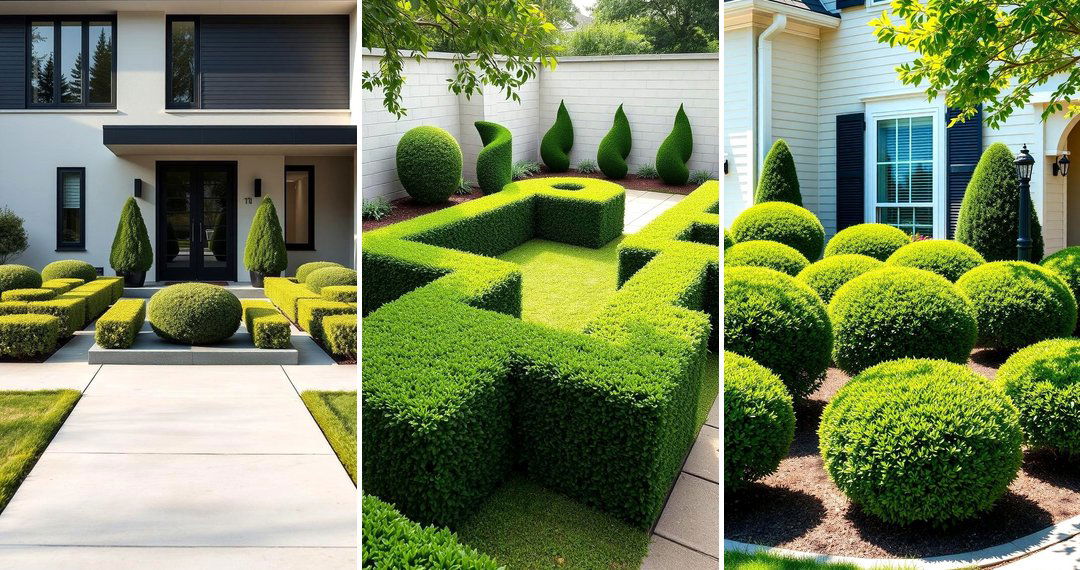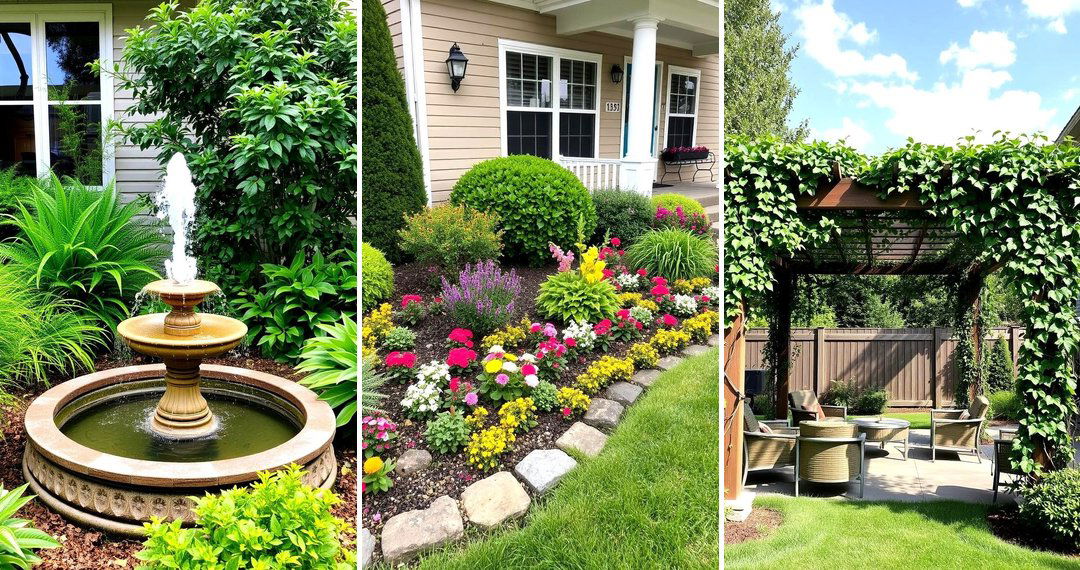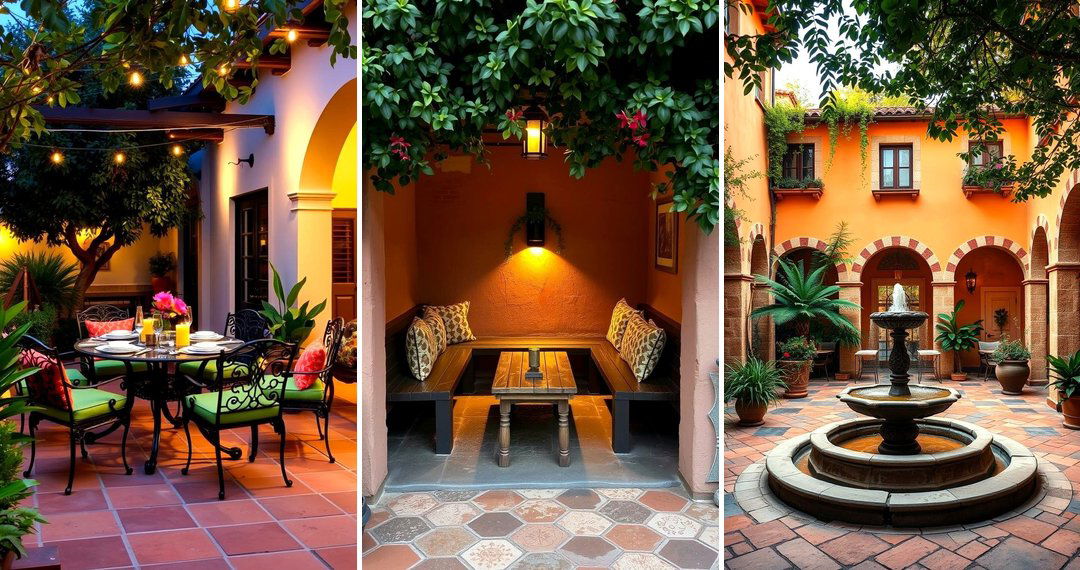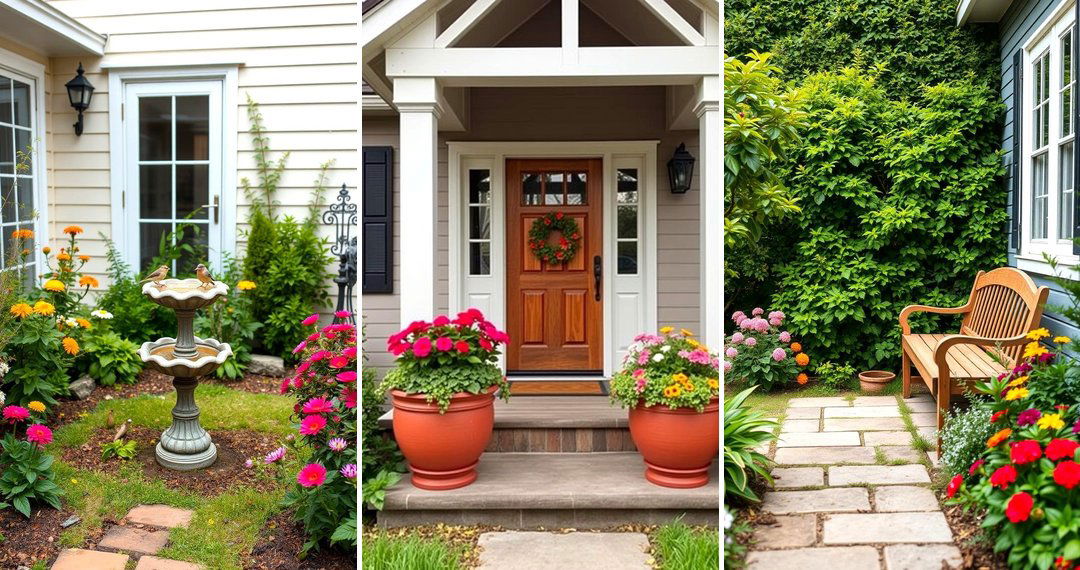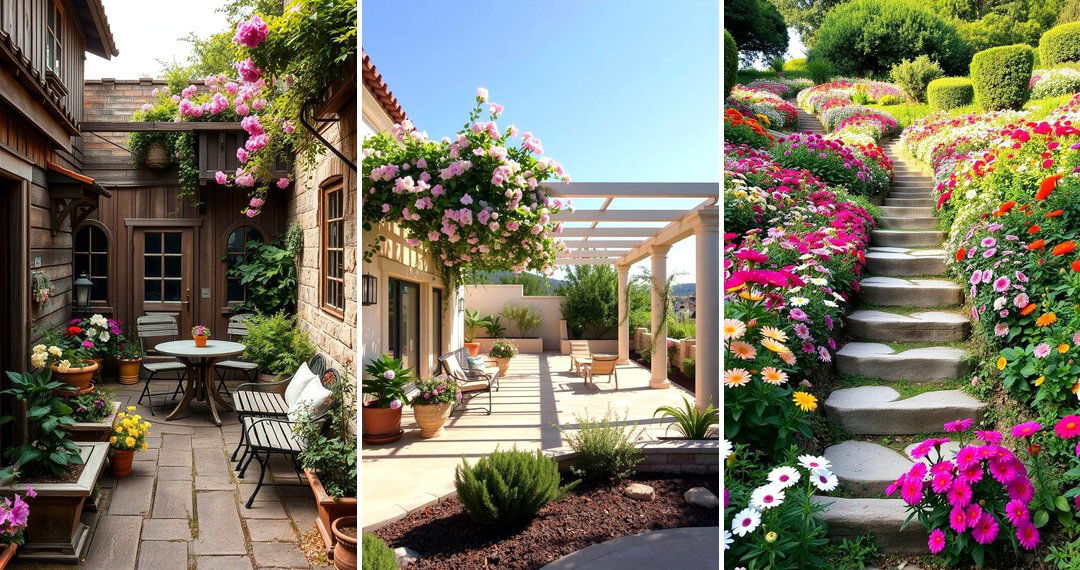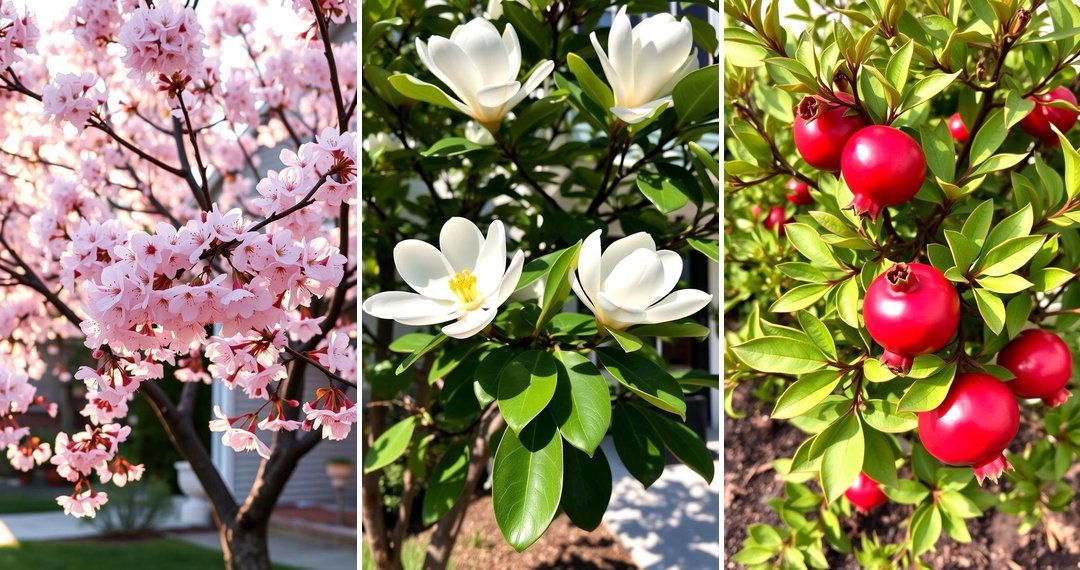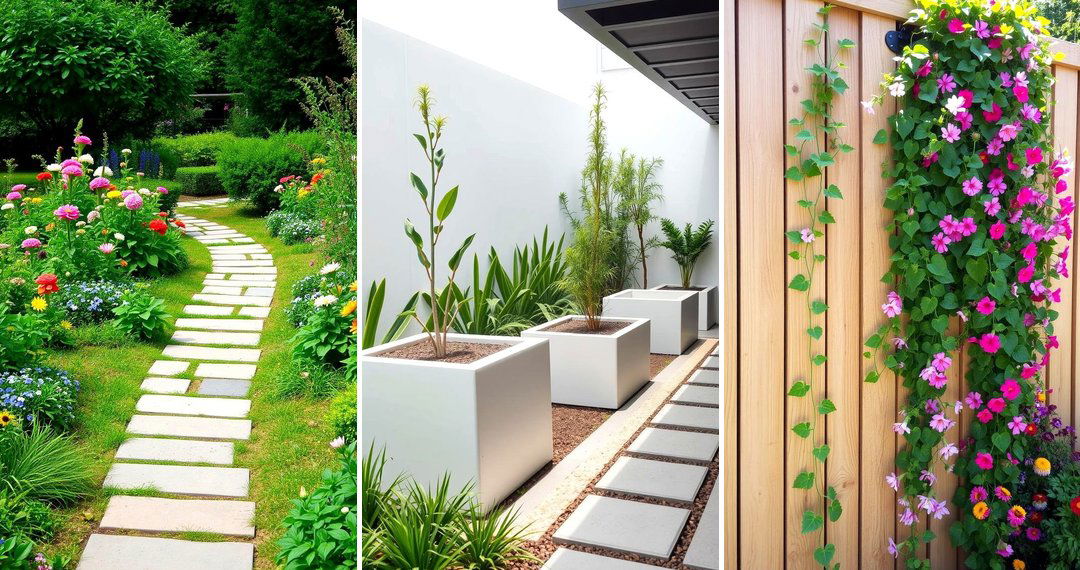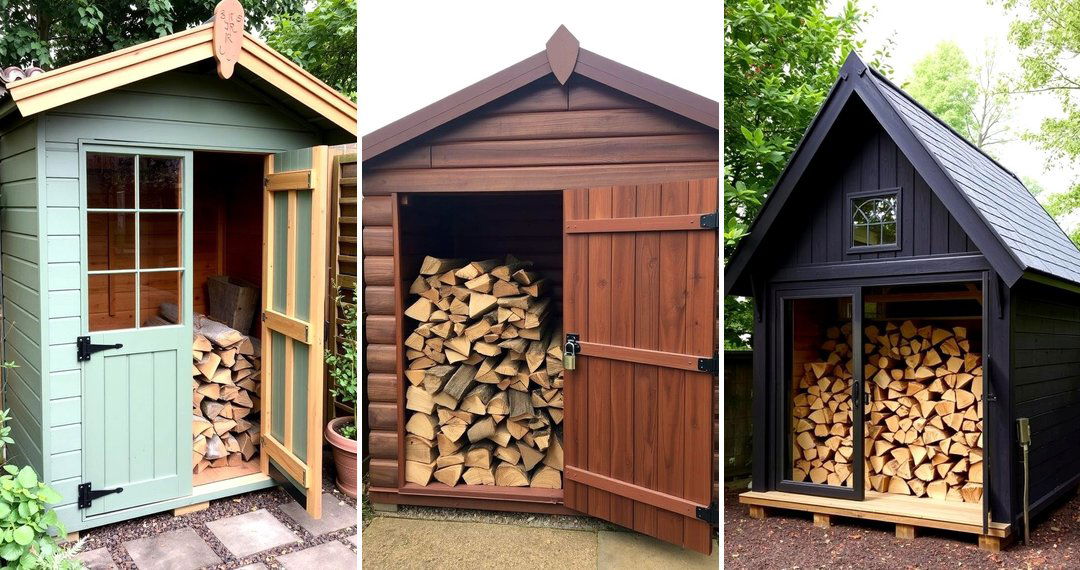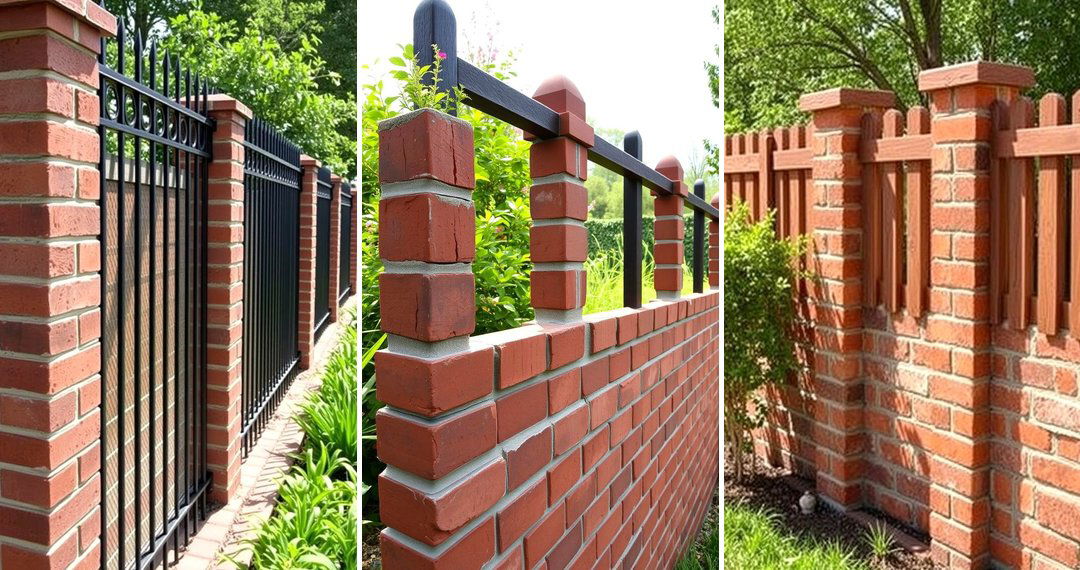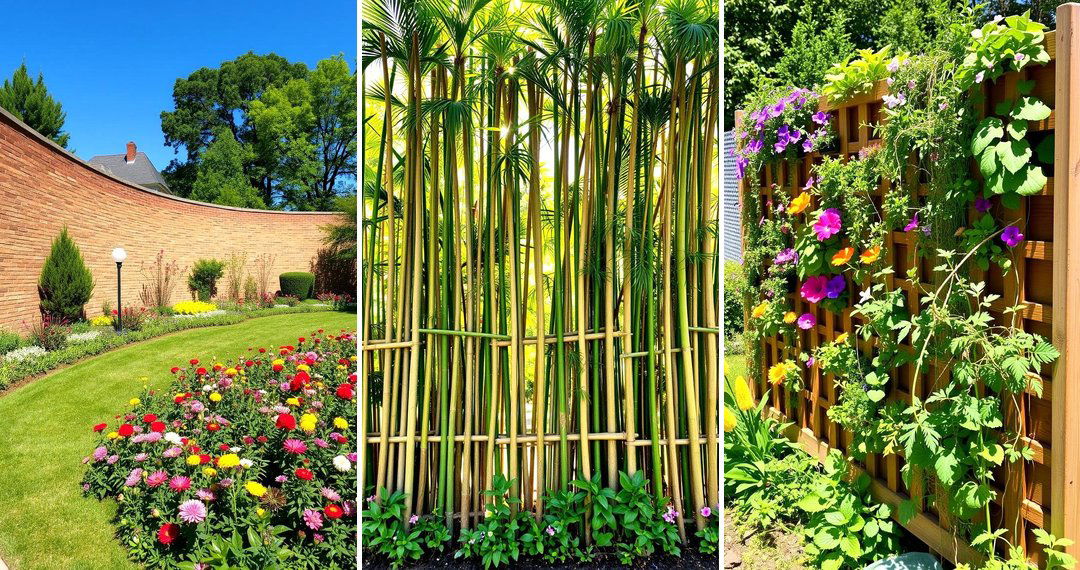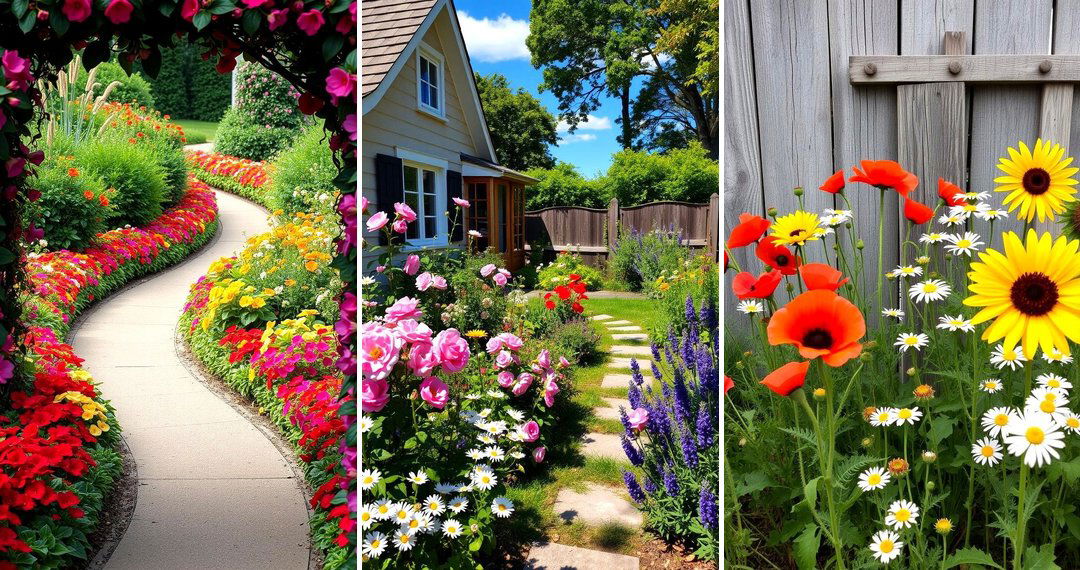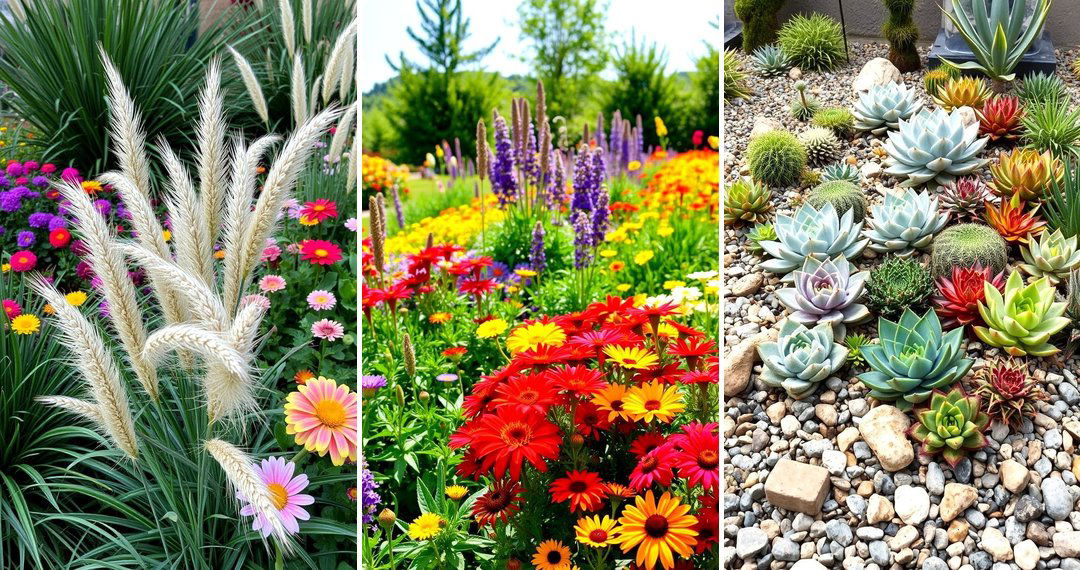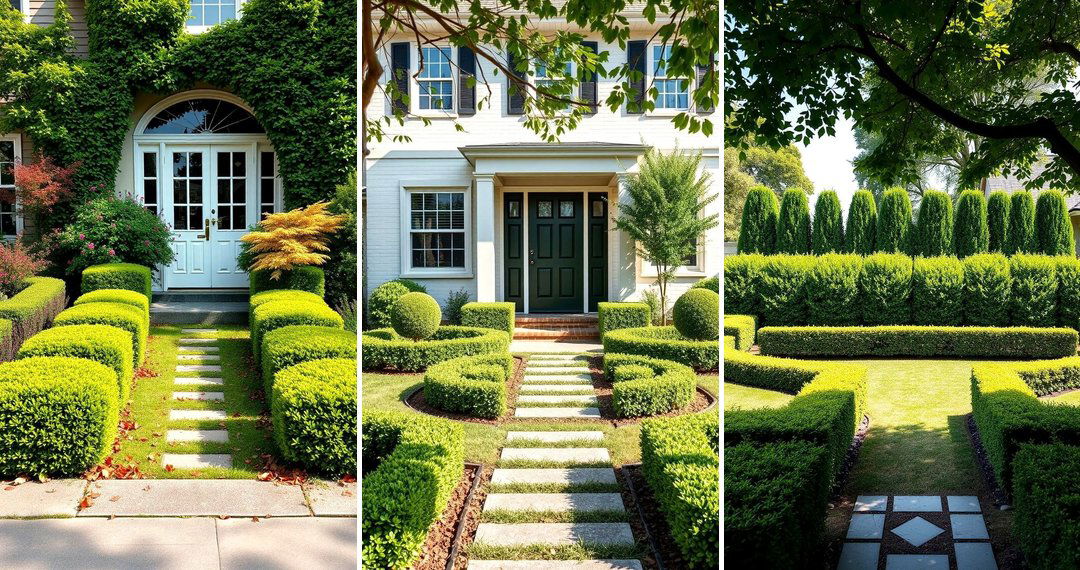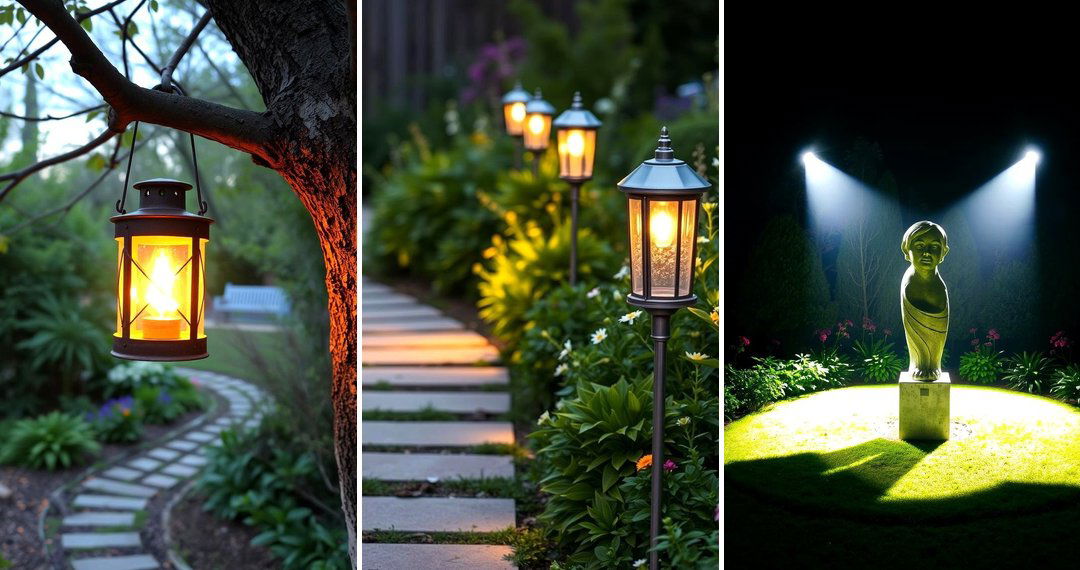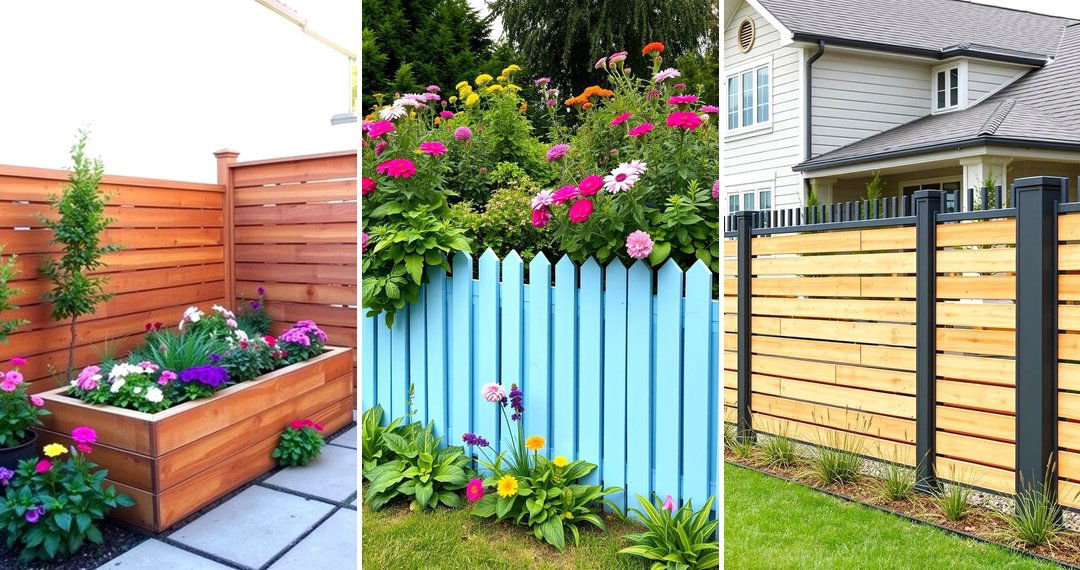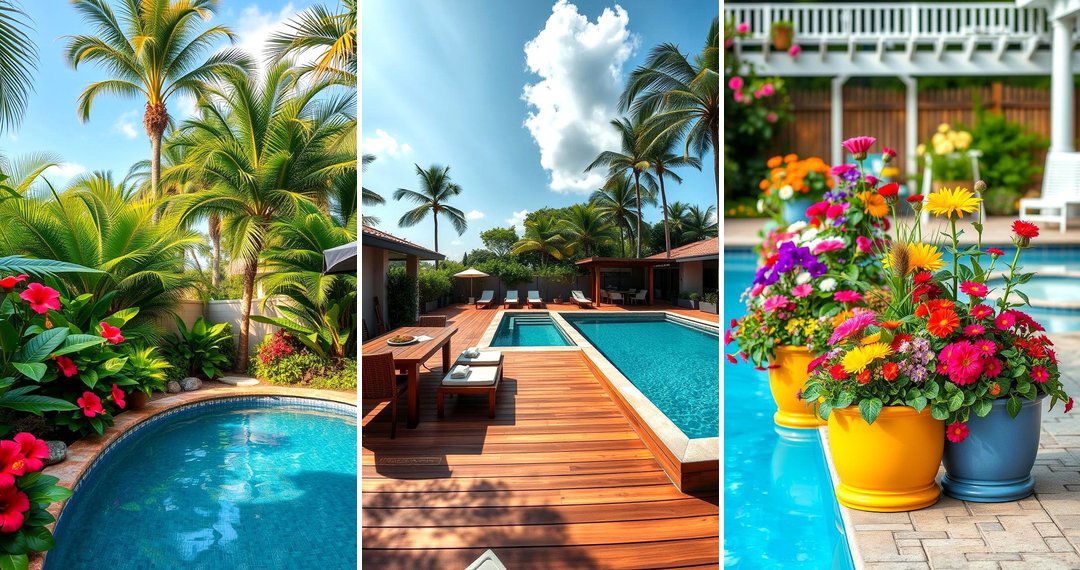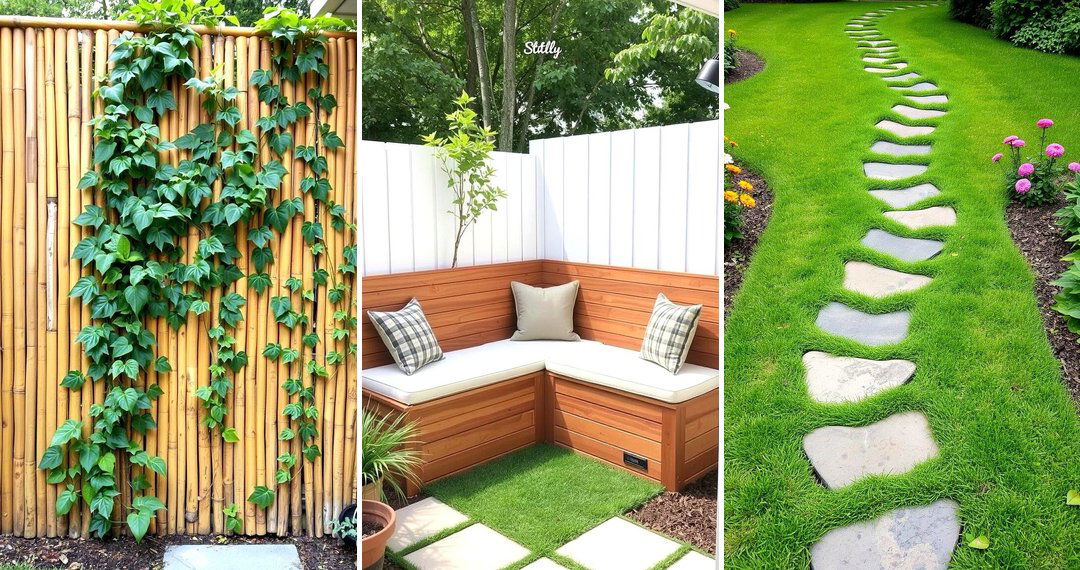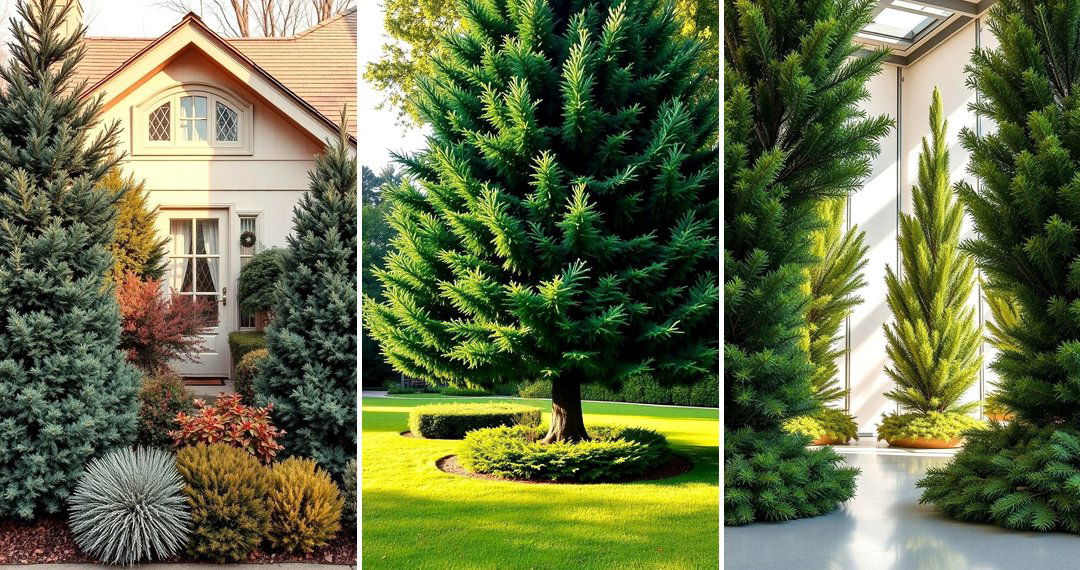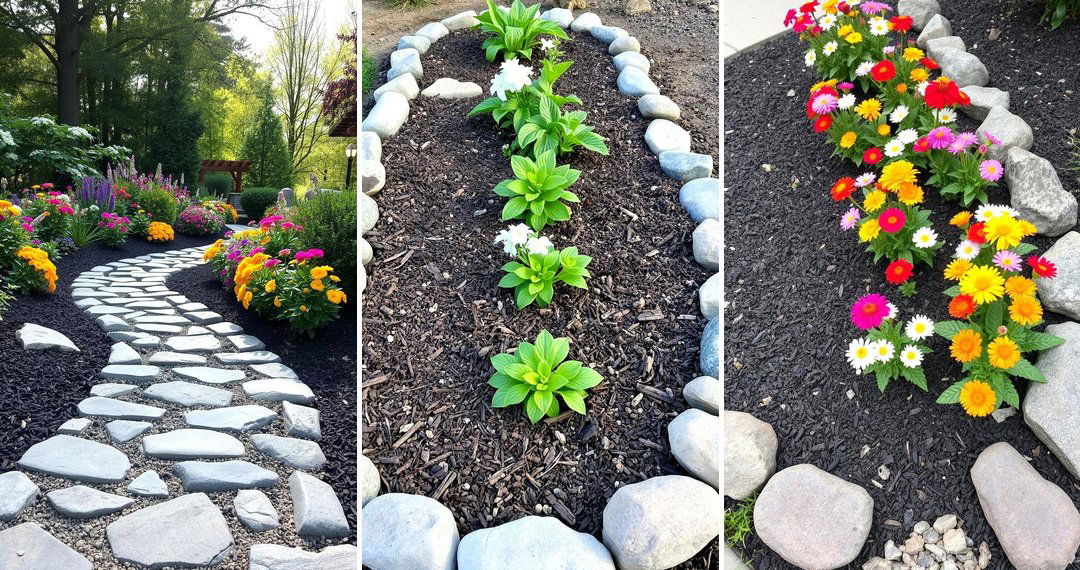Embrace the transformative power of trees to elevate your outdoor spaces. Beyond mere aesthetics, thoughtful tree landscaping introduces a wealth of benefits, from providing refreshing shade and enhancing privacy to attracting local wildlife and increasing property value. Discover how the strategic placement and selection of trees can sculpt your yard into a verdant sanctuary, a place of beauty and tranquility. Let's explore some inspiring and practical tree landscaping ideas to help you cultivate the garden of your dreams.
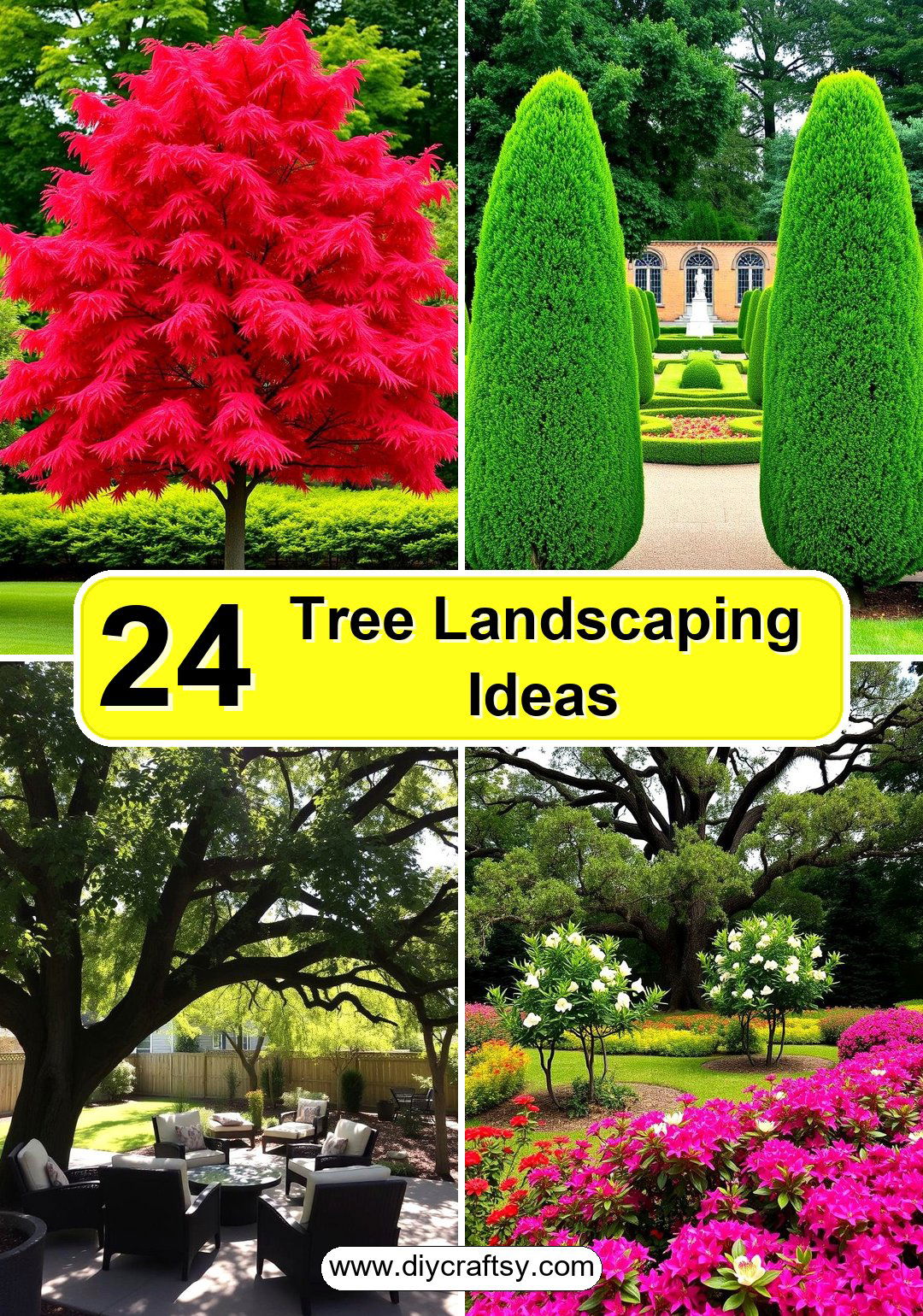
1. Shade-Providing Canopy Trees
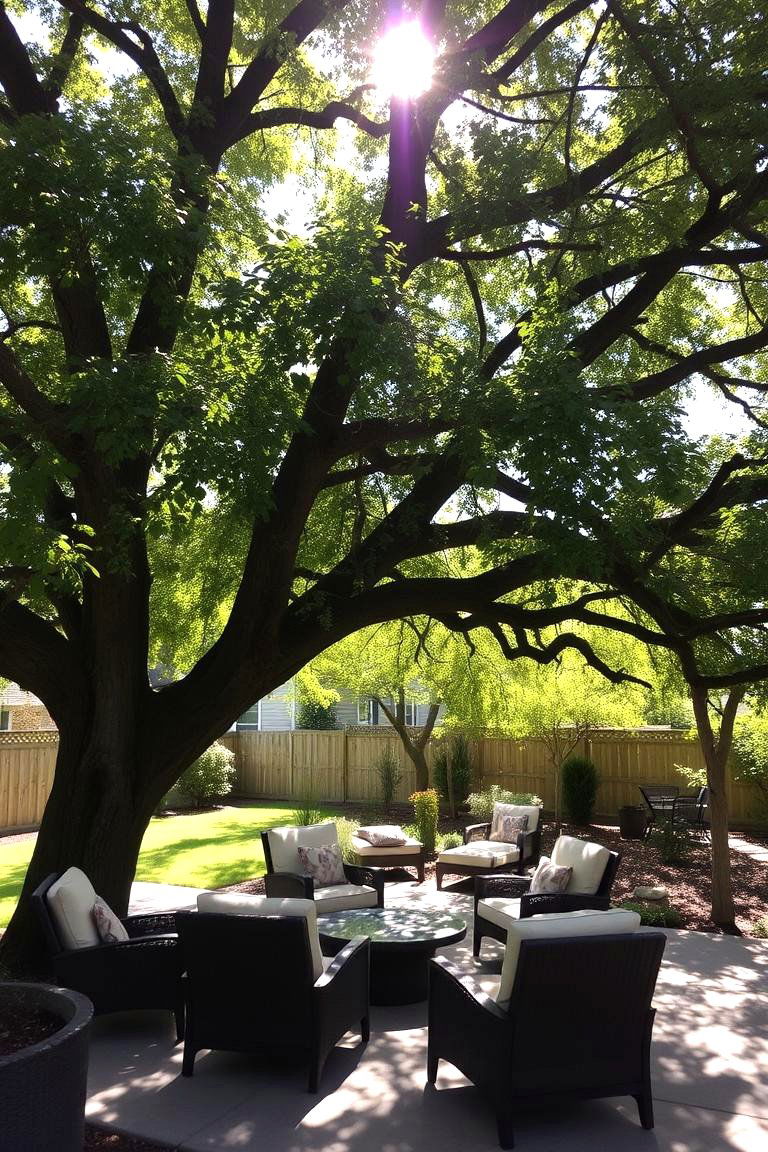
Consider planting large deciduous trees like oak or maple to create a natural canopy over patios or seating areas. These trees offer welcome relief from the sun during hot summer months, reducing the need for artificial cooling and making your outdoor spaces more enjoyable. Furthermore, the falling leaves in autumn provide natural mulch for your garden beds, enriching the soil over time.
2. Privacy Screen with Evergreen Trees
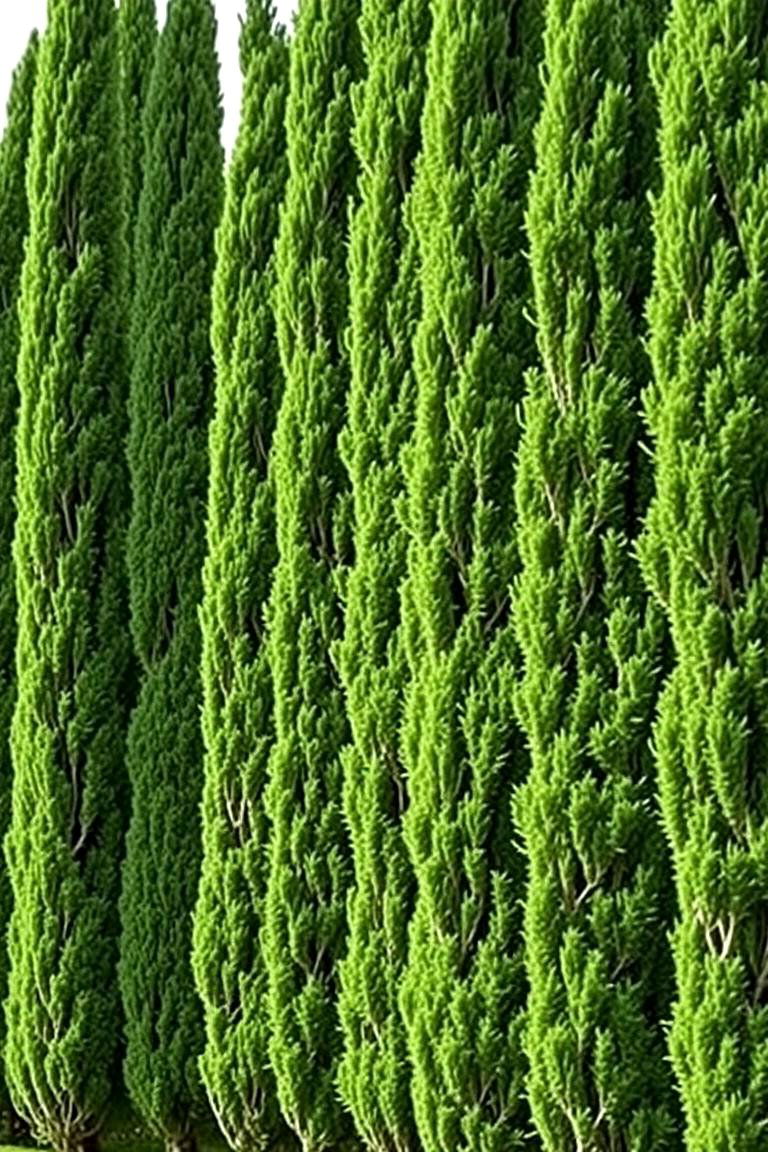
Looking to create a more secluded backyard? Evergreen trees such as arborvitae, cypress, or juniper can form a dense and attractive living privacy screen. These trees maintain their foliage year-round, offering continuous coverage and blocking unwanted views. By carefully spacing and selecting the right evergreens, you can craft a natural barrier that enhances your sense of peace and seclusion.
3. Flowering Accent Trees

For a burst of seasonal color and fragrance, introduce flowering trees like cherry blossoms, magnolias, or crape myrtles into your landscape. These trees become focal points in the spring and summer, attracting pollinators like bees and butterflies. With their vibrant blooms and interesting forms, they add a touch of elegance and visual interest to any garden.
4. Fruit-Bearing Trees for Edible Landscapes

Imagine stepping into your backyard to harvest fresh fruit! Planting fruit trees like apple, pear, or citrus varieties not only adds beauty to your landscape but also provides a delicious and sustainable food source. Ensure you choose varieties suited to your local climate and provide proper care for a bountiful harvest.
5. Small Space Solutions with Columnar Trees
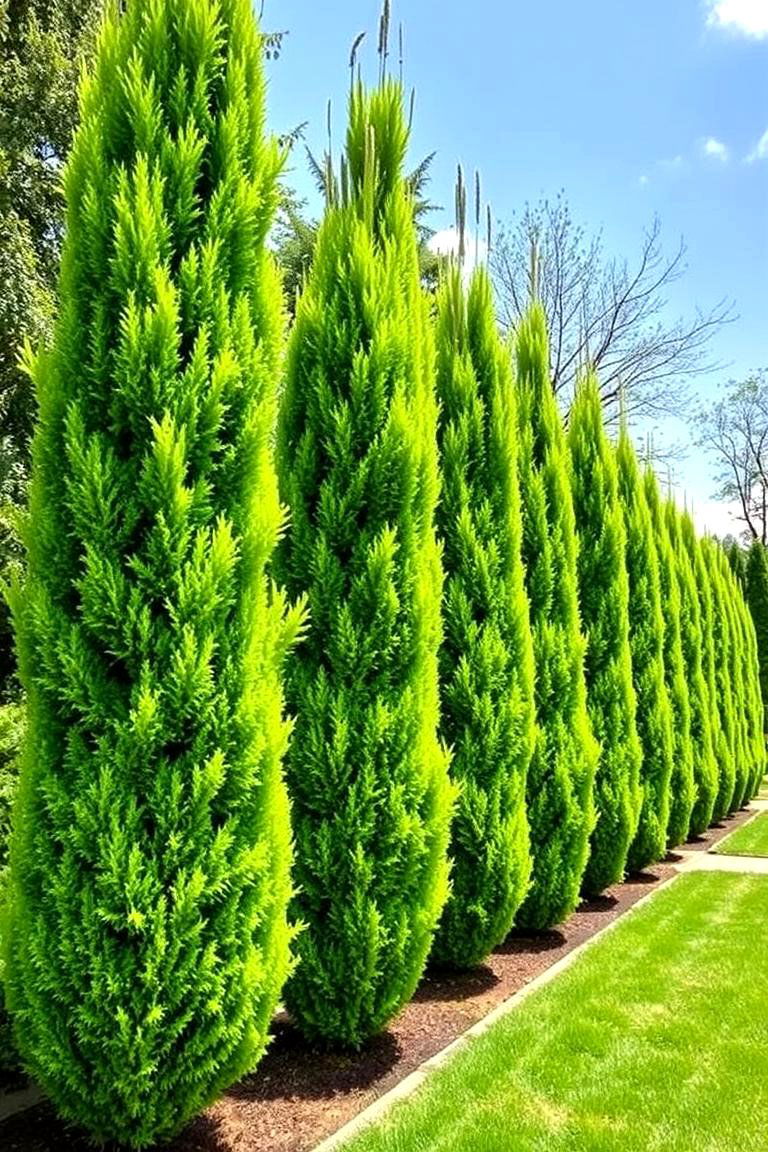
Even in smaller yards, you can enjoy the beauty of trees. Columnar trees, such as certain varieties of maples or evergreens, grow tall and narrow, making them ideal for tight spaces or lining walkways. Their unique shape adds vertical interest without taking up too much horizontal space.
6. Layered Planting with Trees of Varying Heights
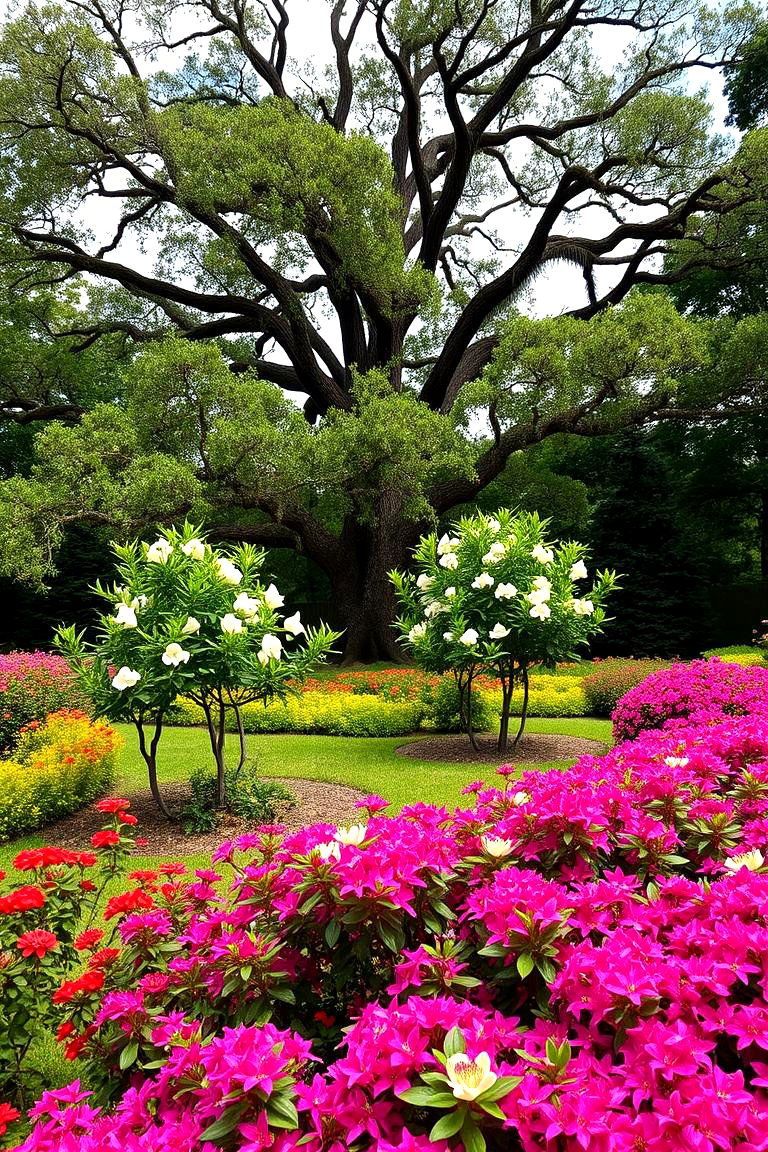
To create depth and visual interest, consider layering your landscaping with trees of different heights. Taller canopy trees can form a backdrop, while smaller ornamental trees and shrubs fill the midground and foreground. This creates a more dynamic and natural-looking landscape.
7. Windbreak Trees for Exposed Areas
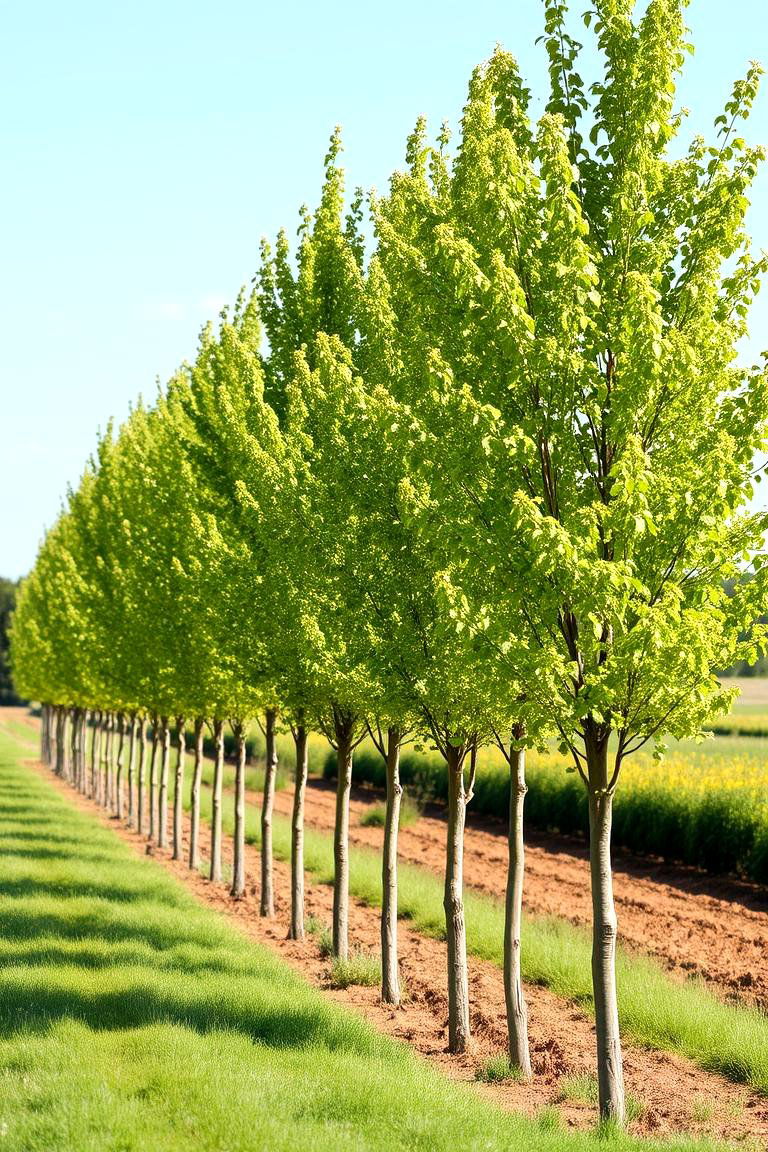
If your property is exposed to strong winds, planting a row of dense, wind-resistant trees can provide significant protection. Trees like poplars or willows can help reduce wind speed, protecting other plants and even your home from harsh weather conditions.
8. Specimen Trees as Focal Points
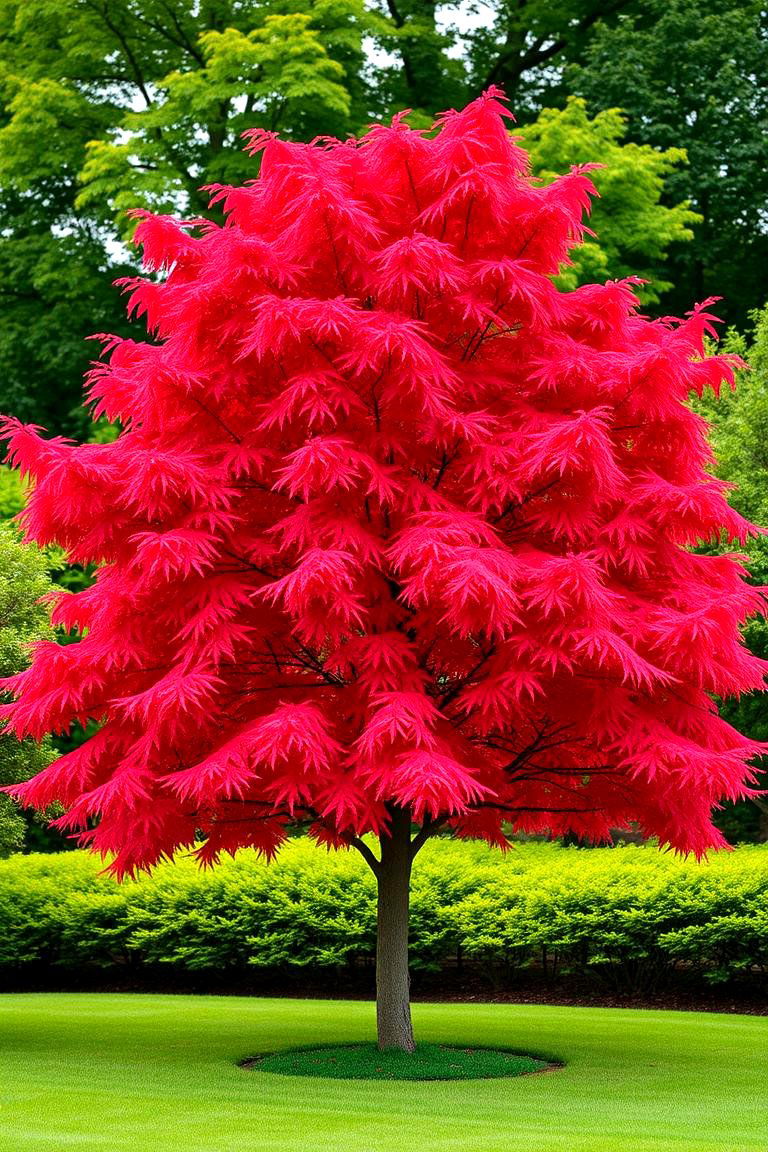
Sometimes, one striking tree is all you need to transform a landscape. Choose a specimen tree with unique characteristics, such as an interesting shape, vibrant foliage color, or unusual bark texture, to serve as a central focal point in your garden.
9. Trees for Wildlife Attraction
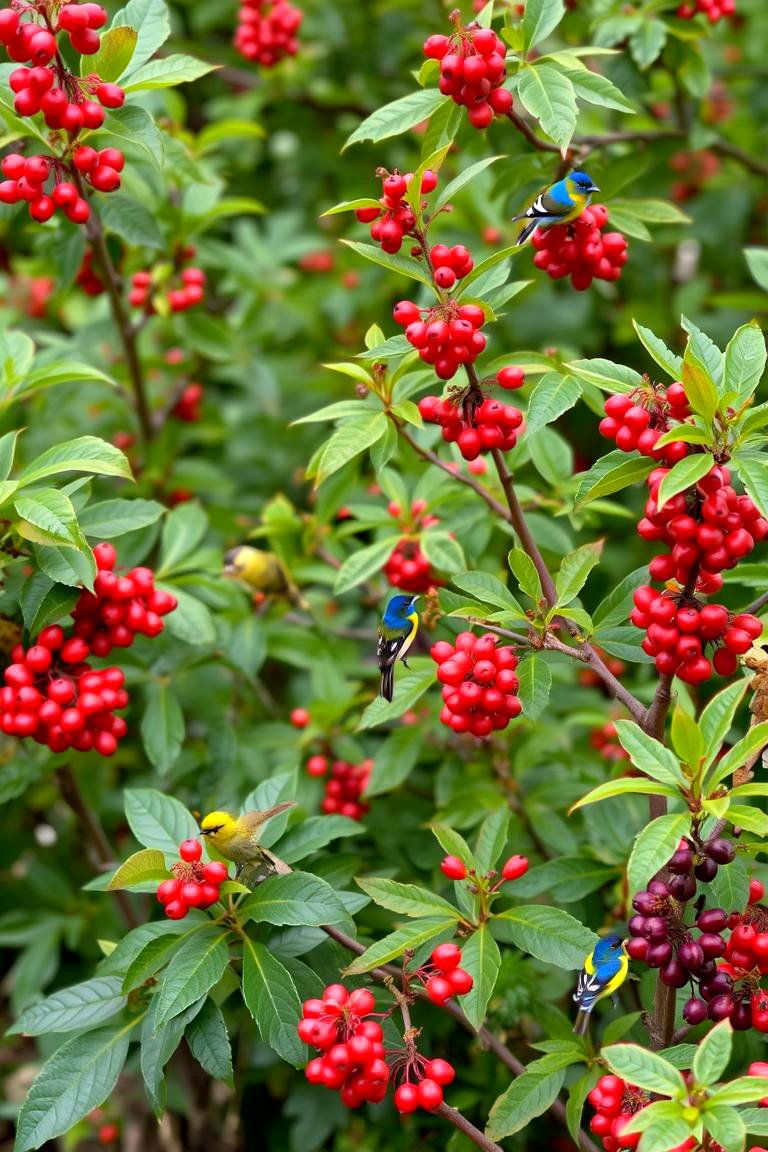
Attract birds, squirrels, and other beneficial wildlife to your yard by planting trees that provide food and shelter. Native trees are often the best choice, as they are adapted to the local ecosystem and support native animal populations.
10. Trees for Erosion Control on Slopes
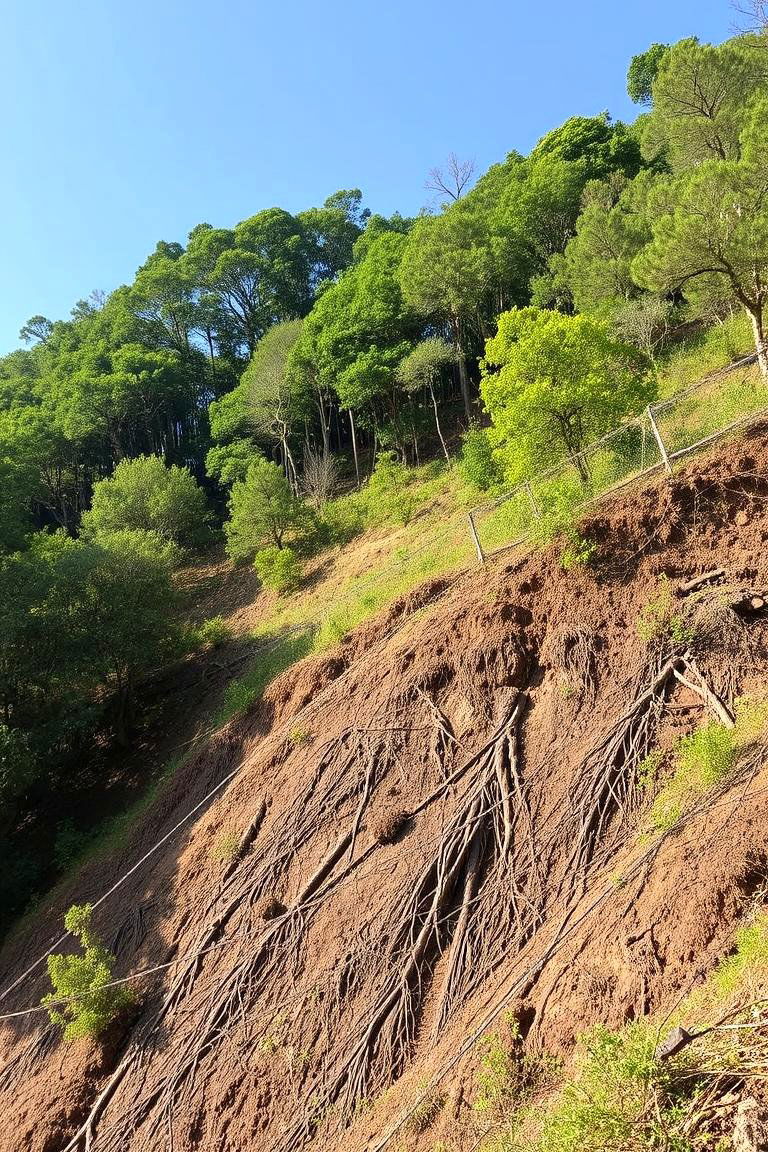
On sloped properties, tree roots can play a crucial role in preventing soil erosion. Select trees with extensive root systems that can help stabilize the soil and prevent runoff, protecting your landscape and property.
11. Container Gardening with Dwarf Trees
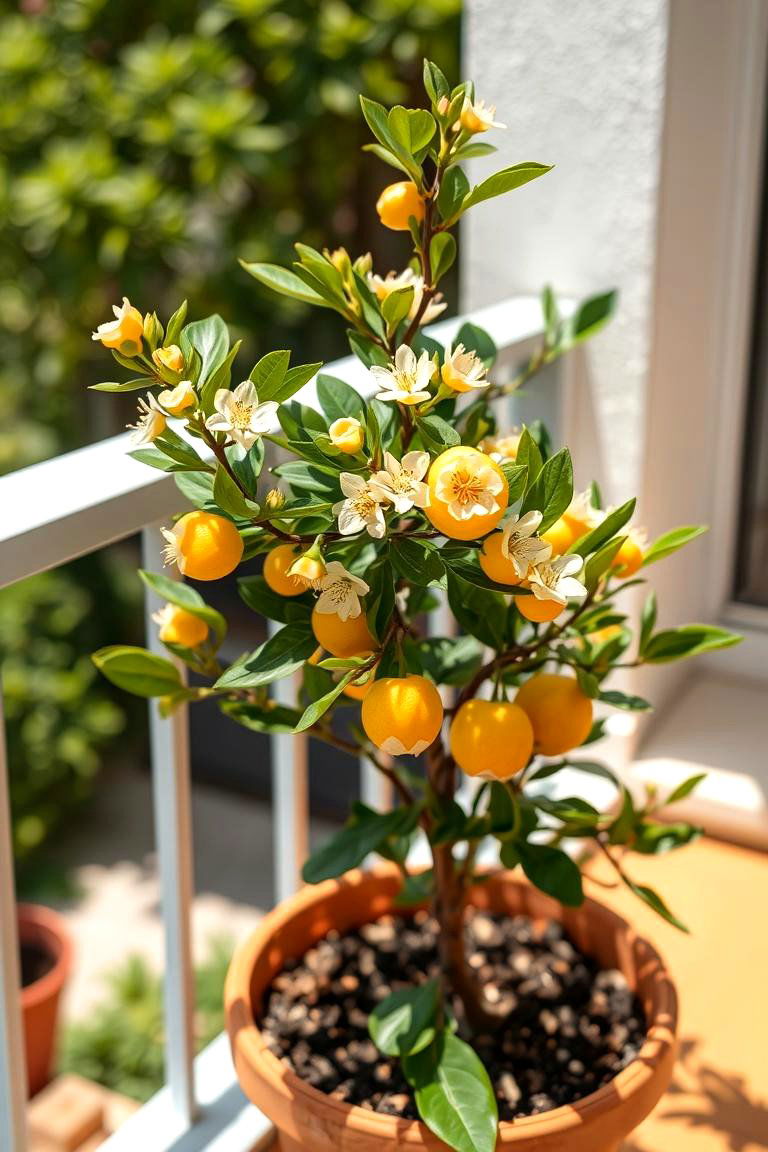
For patios, balconies, or small urban spaces, dwarf varieties of trees can thrive in containers. This allows you to enjoy the beauty of trees even without a traditional garden bed. Ensure you choose appropriate pot sizes and provide adequate watering and fertilization.
12. Incorporating Trees Around Water Features
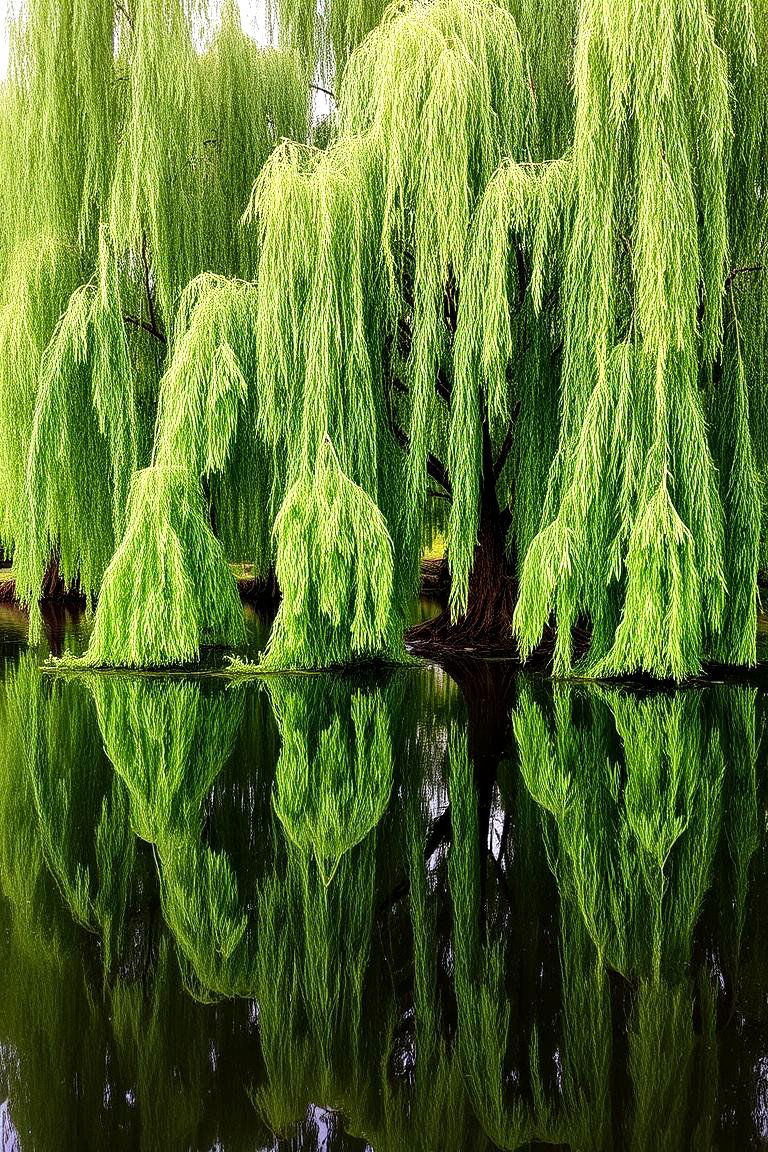
The reflection of trees in a pond or other water feature can create a stunning visual effect. Choose trees with interesting shapes or foliage that will enhance the beauty of your water garden.
13. Understory Trees for Shady Spots
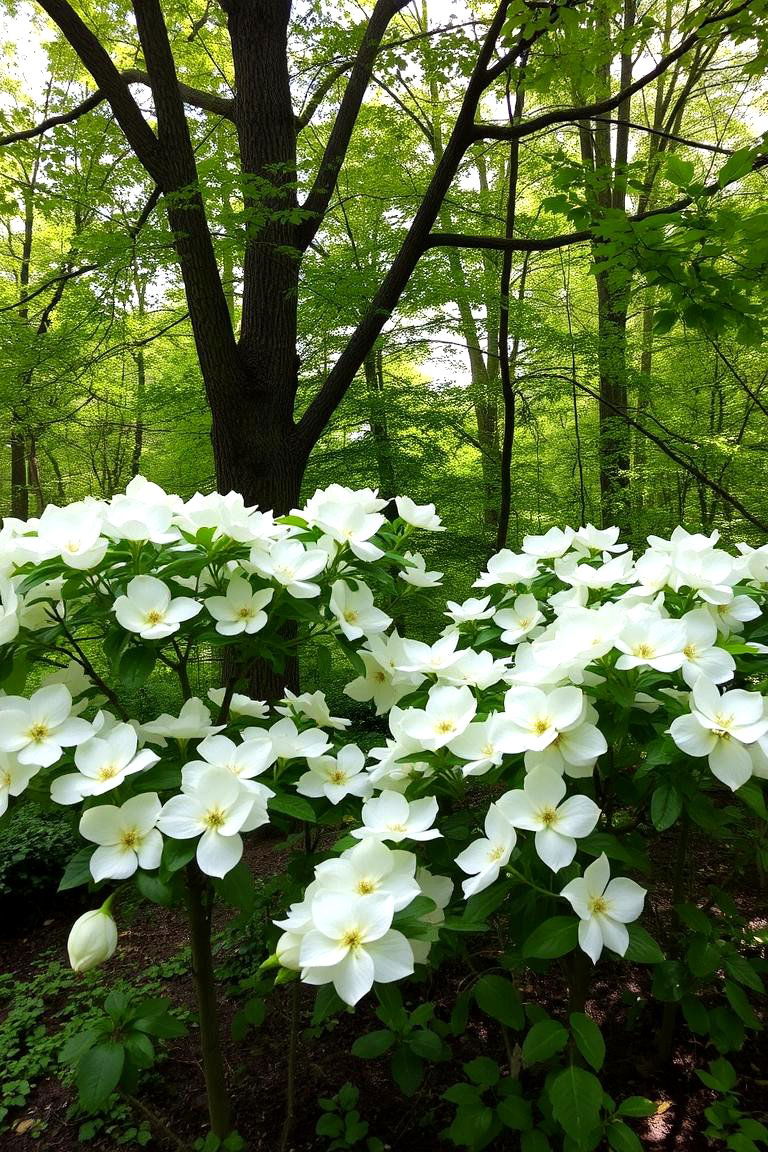
Even in areas with limited sunlight, you can still incorporate trees. Understory trees, such as dogwoods or Japanese maples, are adapted to growing in the shade of larger trees and can add beauty to these often-overlooked areas.
14. Creating a Woodland Garden with Native Trees
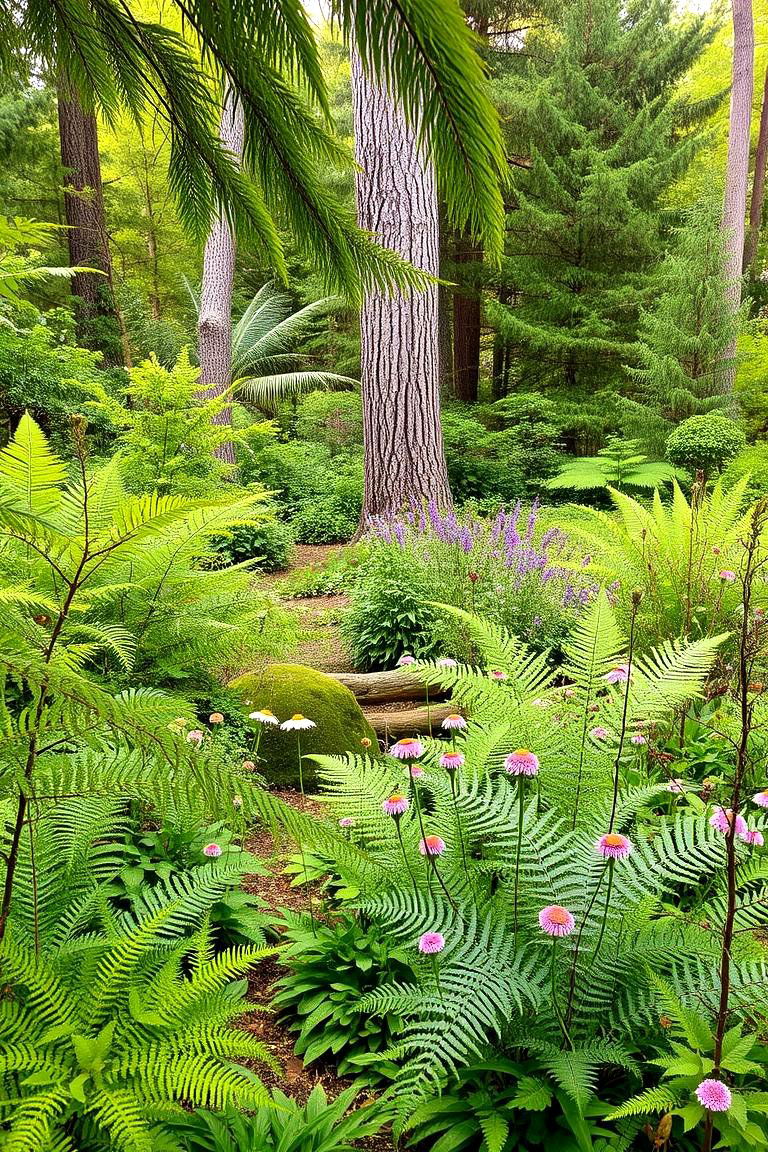
Embrace a naturalistic approach by creating a woodland garden featuring native trees, shrubs, and groundcovers. This type of landscaping mimics the local forest ecosystem and provides a haven for native wildlife.
15. Espaliered Trees for Vertical Interest
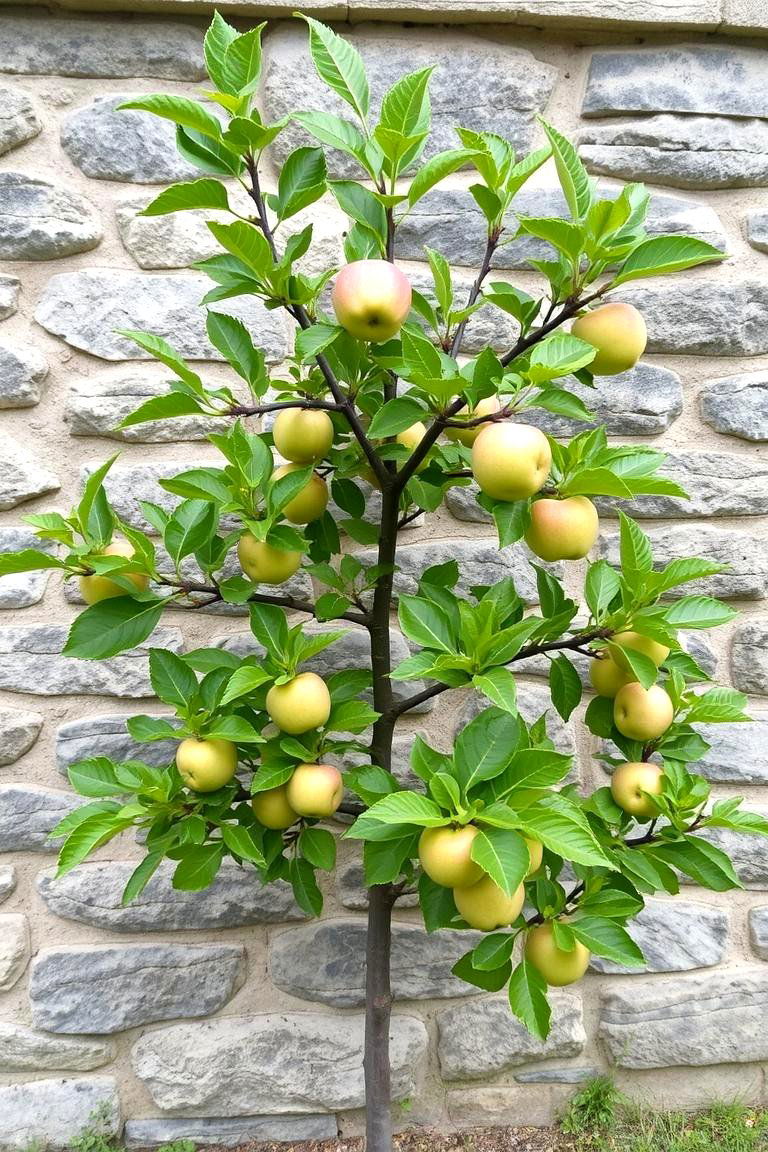
For a unique and space-saving approach, consider training trees to grow flat against a wall or fence using the espalier technique. This method is particularly suitable for fruit trees and ornamental varieties.
16. Topiary Trees for Formal Gardens

Add a touch of elegance and formality to your landscape with topiary trees. These trees are carefully pruned and shaped into ornamental forms, creating striking visual accents.
17. Illuminated Trees for Evening Ambiance

Enhance the beauty of your trees at night by incorporating landscape lighting. Uplighting can highlight their shapes and textures, creating a magical and inviting atmosphere in your garden after dark.
18. Mulching Around Trees for Health
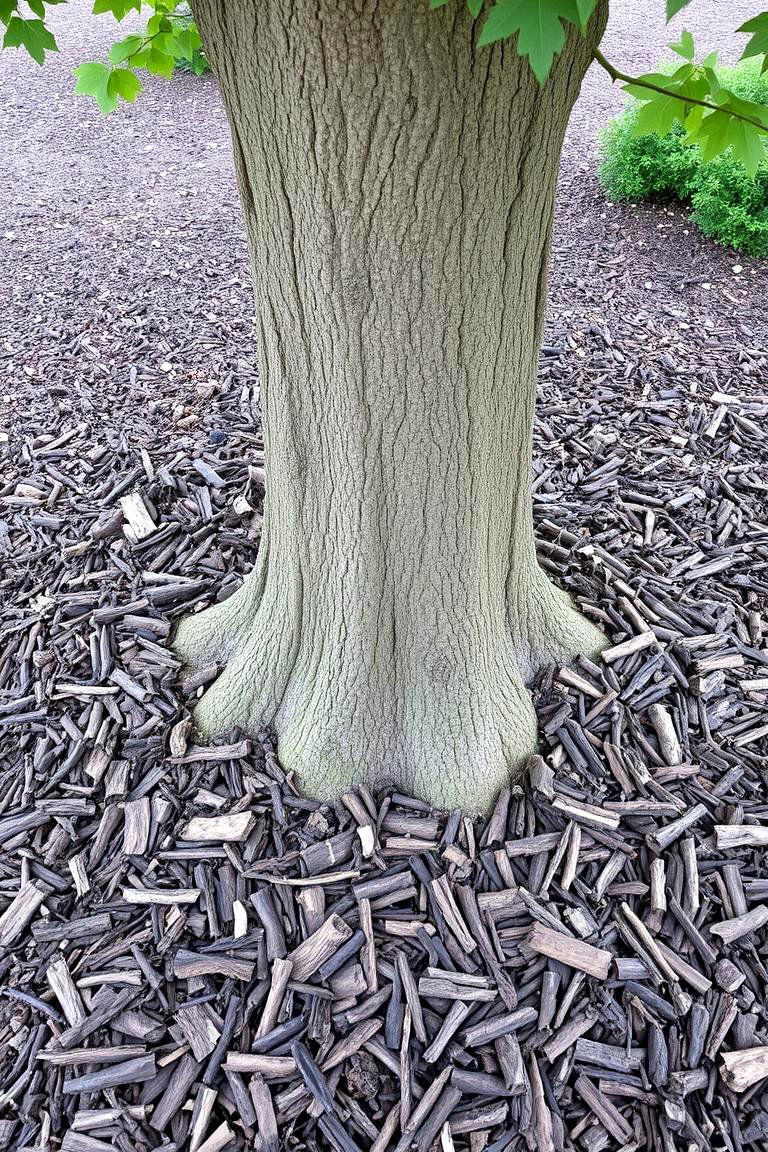
Providing a layer of mulch around the base of your trees offers numerous benefits, including moisture retention, weed suppression, and protection for the tree's roots. Use organic mulch materials like wood chips or shredded bark.
19. Protecting Trees During Construction

If you're undertaking any construction or landscaping work near existing trees, take precautions to protect their roots and trunks from damage. This may involve fencing off the area or consulting with an arborist.
20. Regular Pruning for Tree Health and Shape
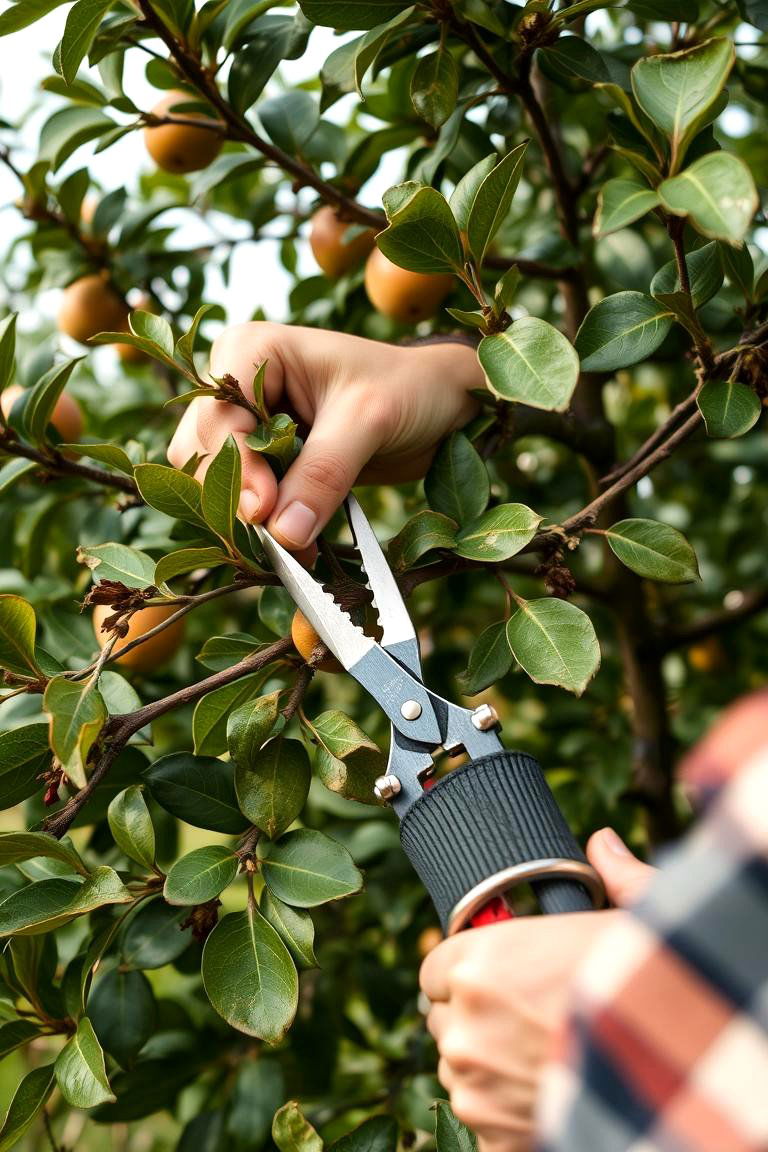
Regular pruning helps maintain the health, shape, and safety of your trees. Remove dead, damaged, or crossing branches to improve air circulation and reduce the risk of disease.
21. Selecting Trees Based on Soil Type
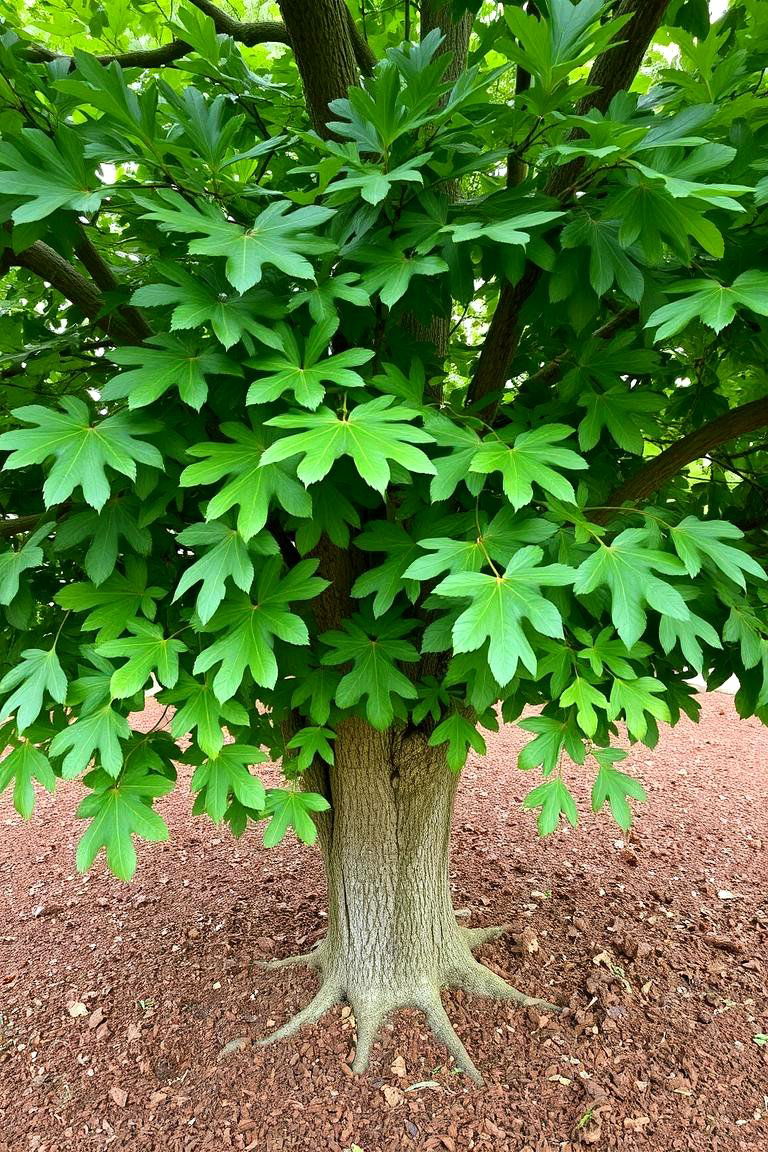
Ensure the trees you choose are well-suited to your local soil conditions. Different tree species have varying soil requirements, and selecting the right tree for your soil will promote healthy growth.
22. Considering Mature Tree Size

When choosing trees, always consider their mature size to ensure they will have adequate space to grow without overcrowding other plants or structures.
23. Planting Trees for Seasonal Color Changes
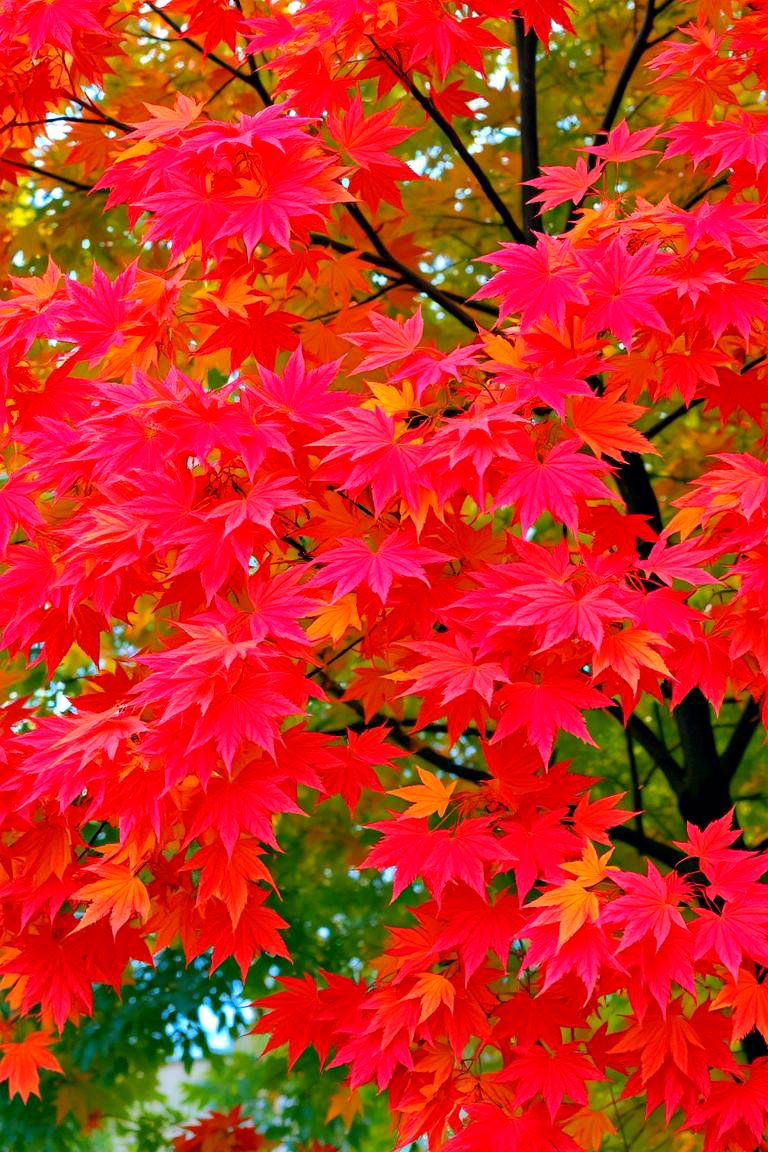
Select trees known for their vibrant fall foliage to add a spectacular display of color to your landscape as the seasons change. Maples, oaks, and birches are excellent choices for this purpose.
24. Integrating Trees into Hardscape Designs
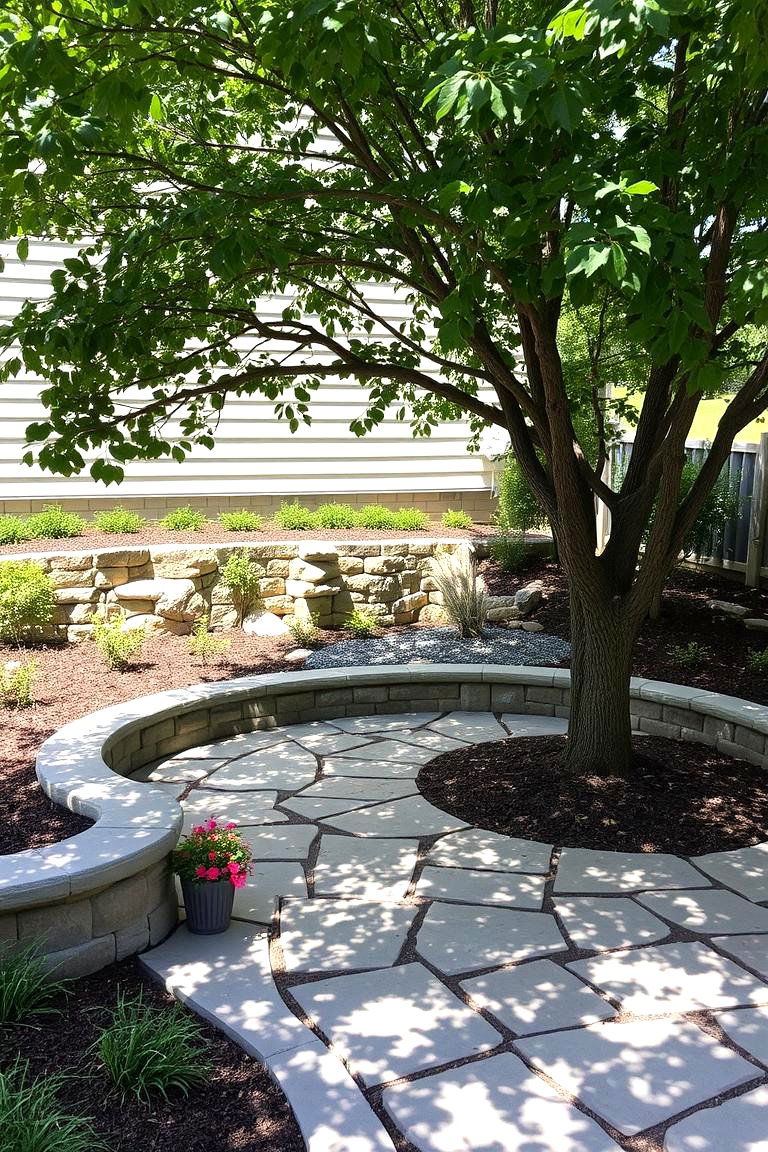
Thoughtfully integrate trees into your hardscape designs, such as patios, walkways, and driveways. This can provide shade and soften the look of hard surfaces, creating a more harmonious and inviting outdoor space.
Conclusion:
Ultimately, the art of tree landscaping lies in understanding the unique characteristics of different tree species and how they can best be utilized to enhance your outdoor environment. By considering factors like shade, privacy, aesthetics, and functionality, you can transform your yard into a thriving and beautiful space. Embracing these 24 Tree Landscaping Ideas offers a fantastic starting point for creating a landscape that not only pleases the eye but also contributes to a healthier and more vibrant environment.


